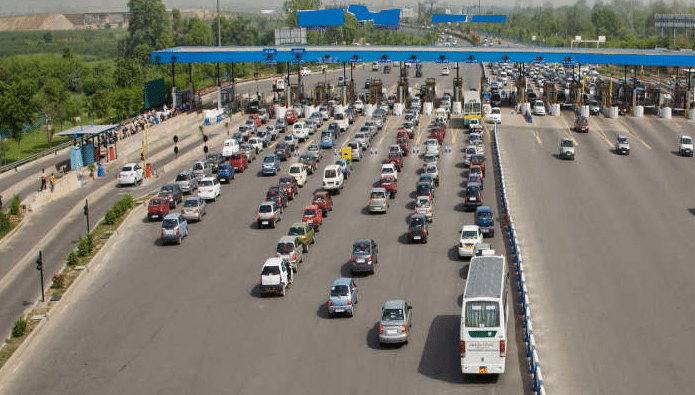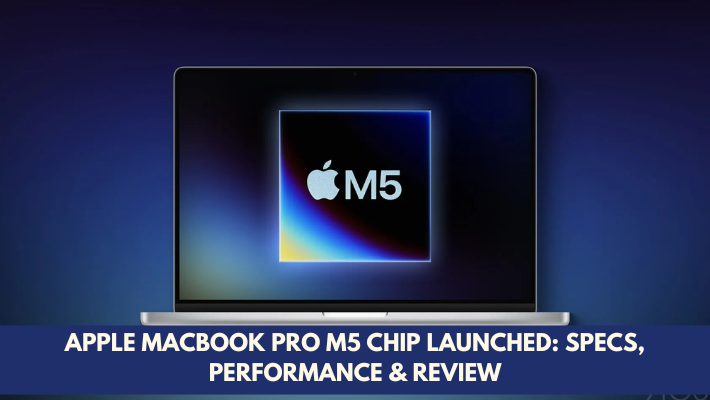What is GNSS, how will it work, you will not have to wait at the toll, know everything
What is GNSS? Is it time to say goodbye to FASTag? Now you will not have to stop at any toll gate etc. to pay Toll Tax, because now there will be a new Satellite based system. The central government has approved the GPS-based toll system. Watch the full video to know what this whole system is.
Now you will not have to wait to pass through toll plazas and expressways. The Union Ministry of Road and Transport has taken a big decision in this regard. According to this, the current Fastag system will end and the GNSS (Global Navigation Satellite System) system will be implemented in its place.
If your vehicle is connected to GNSS, then you will not have to wait at the toll plaza. You will go without stopping and the money will be deducted automatically. At present, the Fastag system is applicable at the toll plaza. For this, users have to stop the vehicle and then the barcode is read. Sometimes it takes up to a minute. GNSS will free you from all these processes.
What is GNSS?
GNSS is a satellite-based road toll collection system. Through GNSS, the barcode will be read without stopping at the toll or highway. As soon as a GNSS vehicle passes through the toll gate, the charger will receive a ping through the OBU (on-board unit) and the money will be received through the concerned fintech companies. According to media reports, the wallet system will be implemented. You will have to deposit money in this wallet. The wallet will be linked to the bank account.
Any vehicle will have to pass only through the designated lane. You will have to get an on-board unit fitted on your vehicle. It is non-transferable. Going forward, vehicle companies will sell it auto-fitted, just like vehicles with Fastag stickers are coming.
According to the Union Road Transport Ministry, the GNSS-based tolling system will be implemented from April 2025. After the implementation of this system, the Fastag system will end. Every vehicle will be tracked using GNSS. Therefore, users will be charged only for the distance they travel on any highway. Currently, a fixed amount is charged, no matter how much distance you travel.
The GNSS device is non-transferable. It will be fitted in the vehicle of the users for fee collection. A separate lane will be designated for them. Vehicles that do not have a GNSS system, if they go to the GNSS lane, double the toll will be charged to them.
Free travel of 20 km per day
The Ministry of Road Transport and Highways said that vehicles that have GNSS i.e. Global Navigation Satellite System installed will be provided free travel facility on national highways and expressways for up to 20 km per day. The ministry has issued a notification in this regard a day earlier.
Trial complete
On July 2, Indian Highway Management Company Ltd. floated a tender. Their aim is to set a separate lane for GNSS at toll plazas. It has completed its trial as a pilot project on Bengaluru-Mysuru section NH-275. Another trial was also conducted on Panipat-Hisar section NH-709.
The GNSS lane will have signage, markings, lighting systems, and equipment so that the speed of vehicles passing through this lane remains intact and there is no clash with the vehicles passing through the Fastag lane. Usually, the Fastag system takes up to one minute. But there will be no such problem in GNSS. Therefore, there will be no jam.
The Fastag system will also remain for a few days.
Both systems will remain in force for a few days. Later, the Fastag system will be gradually abolished. Radio Frequency Identification technology is used in the Fastag system. It was started in 2015. It was made compulsory in February 2021. A double penalty is imposed for paying in cash.
The figures for March 2024 show that 98 percent of toll users are using Fastag. If we combine national highways and expressways, there are 1200 toll plazas for a total distance of 45 thousand kilometers.
How much money will it cost?
According to media reports, GNSS will be implemented for commercial vehicles at the initial stage, then other vehicles will be included. As far as charges are concerned, the government has not given any information on this. However, it is being said in the media report that while the Fastag system works for up to Rs 300, GNSS can charge up to Rs 4000.
In which countries is this system applicable
At present, this system is applicable in countries like Belgium, Russia, Poland, and Germany.
Also Read… Apple iPhone 16 launch: iPhone 16 और 16 Plus में नया क्या है?




